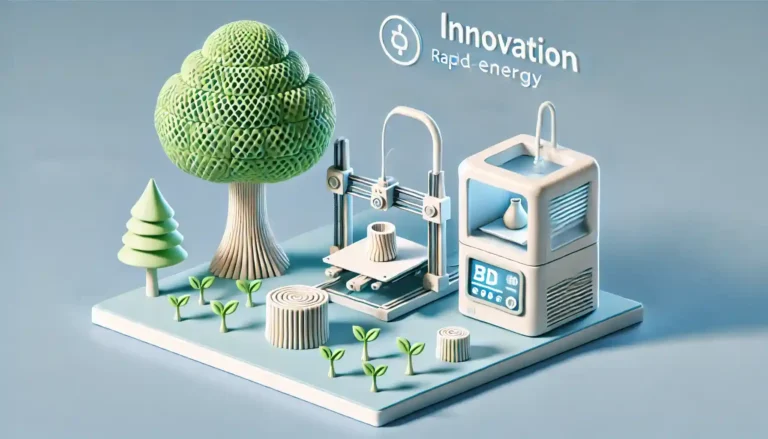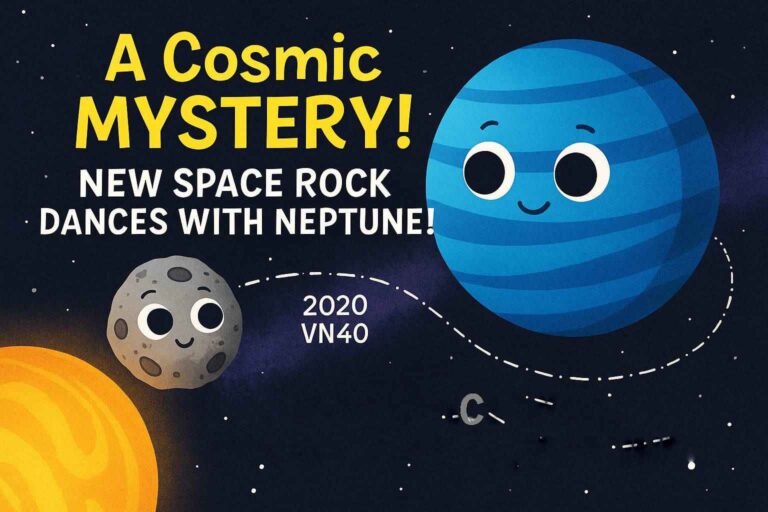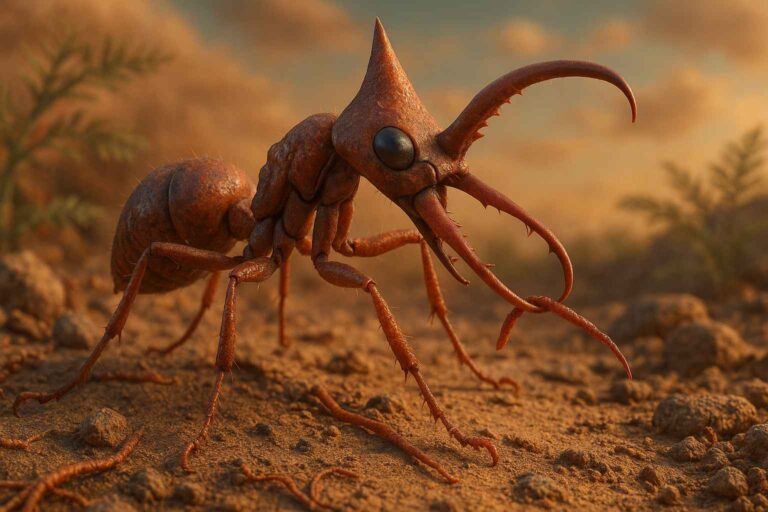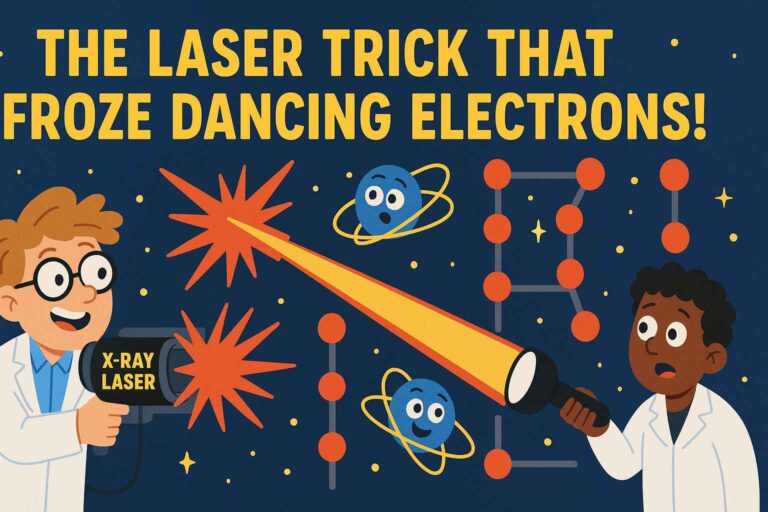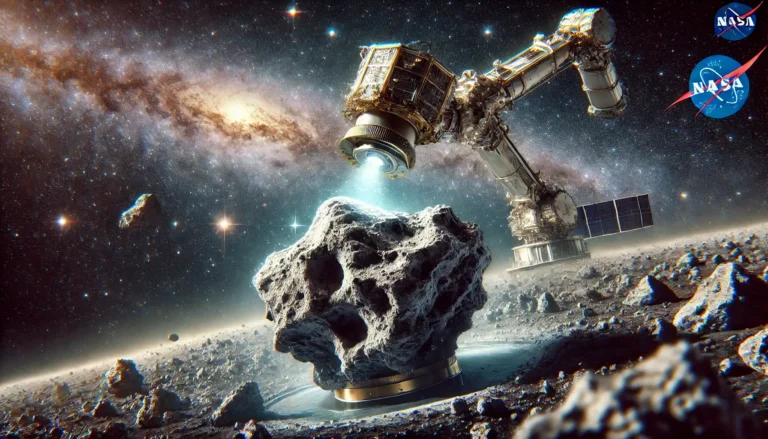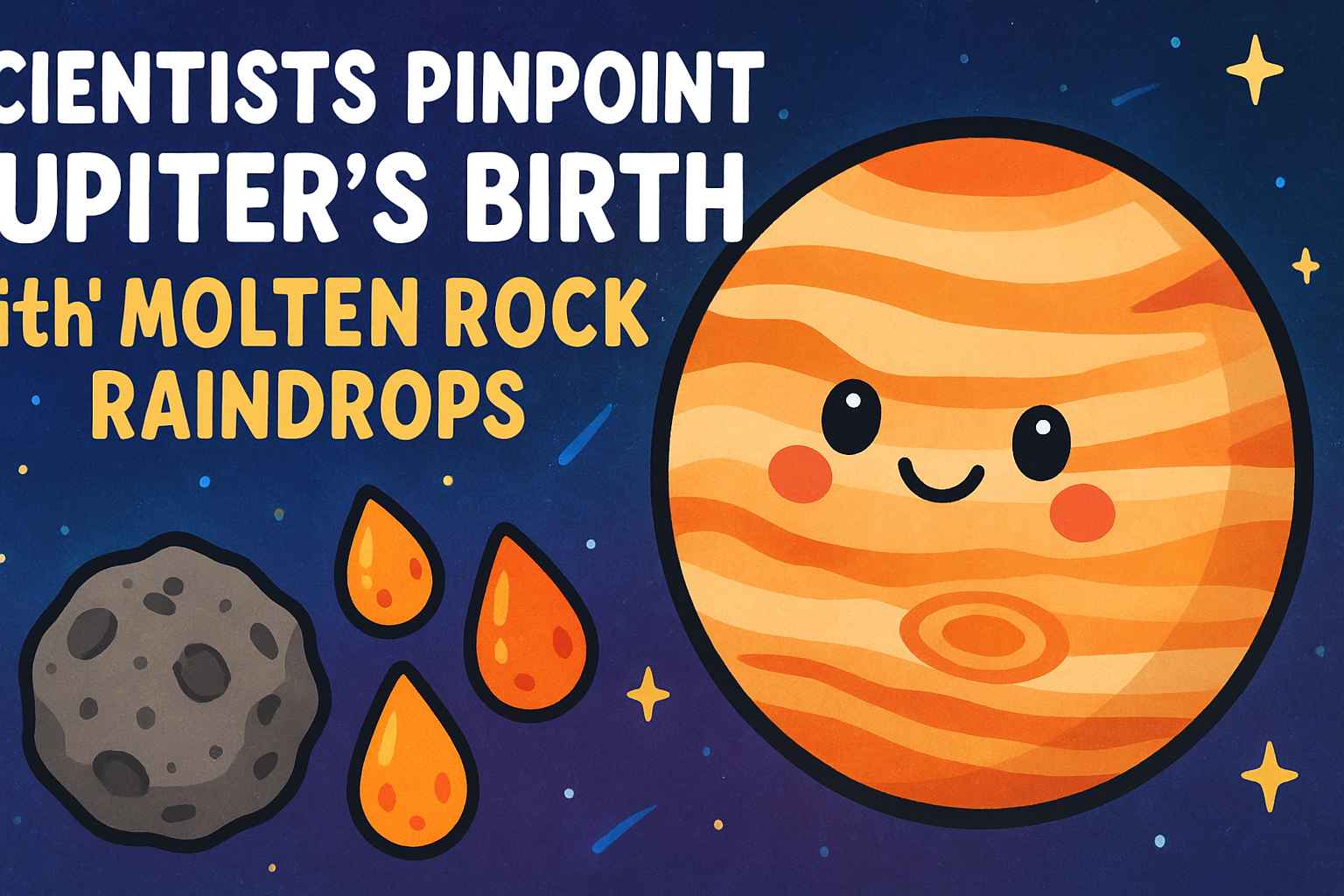
Scientists finally figure out when the king of planets was born!
Have you ever looked up at Jupiter through a telescope or in pictures and wondered: How did this giant planet come to be? 🌌 Well, scientists may have finally found the answer—hidden in the tiniest of clues: ancient droplets of molten rock!
🌠 The Clues from Space Rocks
Billions of years ago, our solar system was like a wild playground full of crashing rocks and icy chunks zooming around the Sun. These baby building blocks of planets are called planetesimals. When they smashed into each other at incredible speeds, the force was so strong that the rocks actually melted!
These explosions sprayed out little glowing droplets of molten rock, which later cooled into tiny round beads called chondrules. Think of them like “molten rock raindrops.” These chondrules became trapped inside bigger rocks, and billions of years later, some of those rocks fell to Earth as meteorites.
Scientists realized that chondrules are like time capsules—tiny records of the early solar system.
🔎 What the Scientists Found
A team from Nagoya University in Japan and the Italian National Institute for Astrophysics studied these chondrules very closely. Using computer models and meteorite samples, they discovered something amazing:
When planetesimals (icy, rocky mini-worlds) crashed together, the water inside them turned instantly into steam. That steam blasted apart molten rock into little droplets—the exact chondrules we see today.
By comparing their models to meteorite data, scientists could even figure out when most chondrules formed. And guess what? The answer matches the exact time Jupiter was born—about 1.8 million years after the solar system began, 4.6 billion years ago! 🌍➡️🌑➡️🪐
⏳ A Cosmic Birth Certificate
This means Jupiter’s “birth certificate” has been found in space rocks. The discovery also helps scientists understand the birth order of planets. For example, Saturn may have created its own batch of molten rock raindrops when it was born.
By studying chondrules of different ages, scientists can piece together the whole family story of our solar system. And that’s not all—this process might also happen around other stars, giving clues about how planets are born in faraway galaxies.
🌟 Why It’s Exciting
- It solves a decades-long mystery about chondrules.
- It tells us exactly when Jupiter, the king of planets, was born.
- It shows us that meteorites are not just space rocks—they are cosmic history books!
So next time you see a meteor streak across the sky, remember: it might carry secrets from the time when Jupiter first lit up the solar system. 🌌✨

